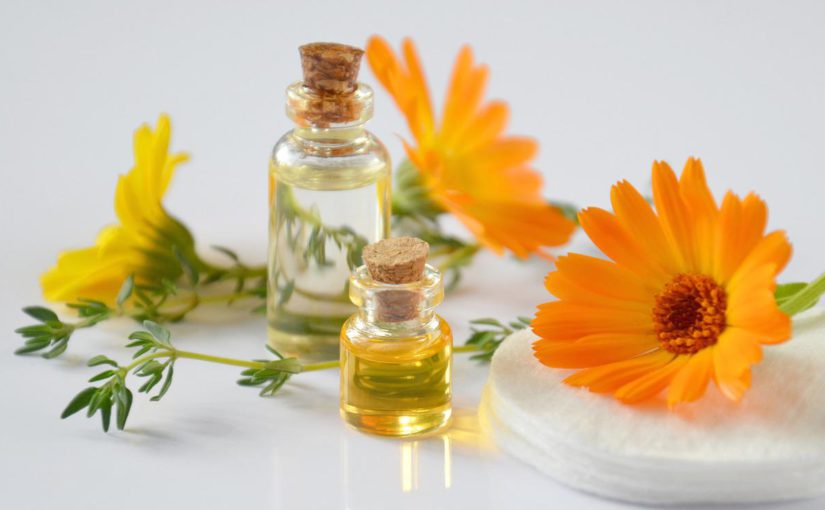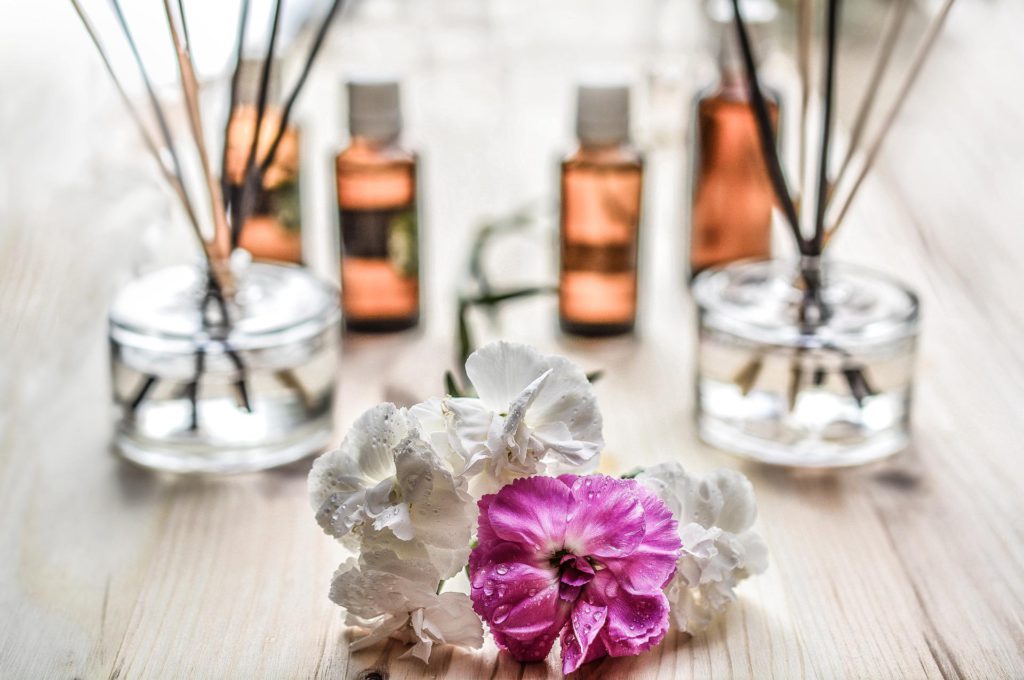The most common uses for essential oils are inhalation (inhalation) and application to the skin (topically). Most of them are simple and easy to incorporate into your daily routine, whether you inhale the benefits, apply them topically to your skin, or use them in food preparation. Essential oils have been used not only for aromatherapy, but also for personal hygiene, cleaning, and even their natural healing properties. When it comes to essential oils, everyone knows how to place them in a diffuser to reap the benefits of aromatherapy.
The antifungal, antiviral, and antibacterial properties of many oils make them an essential part of any good first aid kit, and some essential oils can also help us sleep better, ease digestion, soothe sore muscles, and heal skin problems. For many oils, there are special considerations here, as well as special instructions for use by children or those with sensitive skin. You will learn how to use essential oils by inhaling them through a diffuser, topically on the skin or inside. Aromatherapy baths are a common practice that can combine some features of the topical and diffuse application.
There are many different types of diffusers, from simple candles to those that plugin and spray an oil-rich mist. You will add a few drops of water and the oil of your choice to the diffuser, after which the device will create steam that will diffuse slightly around the room. Use lavender and chamomile oils in a diffuser or put a few drops on a tissue and inhale regularly. Clear your mind, then inhale directly from an open bottle or rub a drop of oil between your palms and inhale the fragrance.
Then add a few drops of the oil of your choice to a cup of whole milk or a few tablespoons of olive oil. Or you can add about 5 drops of your favourite oil to a towel and place it on the floor away from the full force of the water, or hold it close to your face for a more intense impact. Alternatively, mix the same oils in warm water and apply a sponge to feverish skin to reduce fever. You can also apply the oil in the morning, allowing the perfume to dry out a little before bed.
Consider creating a jasmine oil fragrance (mix three drops of jasmine oil with one ounce of jojoba oil) or simply apply some diluted lavender to areas of your body where you would normally wear perfume. If your skin loves lavender, you can use up to 50-50 mixtures of half lavender oil and half carrier oil in your DIY products. I find the scent of sweet orange oil so fragrant that you only need a small amount of oil if you are making your own.
A method is to use eucalyptus oil topically, mixing a few drops of the oil with sweet almond or coconut oil and applying it to the outside of your throat. If you’re using the oil topically, test them first by mixing a few drops with a barrier agent (such as coconut oil), applying it to a small area, and watching your skin react.
When using in the bathroom, it is more important to mix the oil with the barrier first, as oil and water do not mix. Mack also dismisses the idea that applying essential oils to the soles of the feet is the best way to absorb their properties. For most people, applying the oil to the insteps, hands, wrists, neck, and behind the ears generally produces better and more consistent results, Mack says.
They also recommend using mint, eucalyptus or rosemary to remove stronger odours like cigarettes. When added to the feet, soothing oils like ylang-ylang or bergamot can create wonderful aromatherapy, and a drop of peppermint oil on the forehead can help relieve headaches.
If you’re looking for a safer way to get rid of bed bugs, you can try several methods, such as tea tree oil or lavender oil. To inhale aromatherapy oil, simply open the product bottle and take a few deep breaths. The aromatic uses of essential oils don’t always require a diffuser, as you can get the same health benefits by simply placing a few drops of the essential oil in the palm of your hand, then placing your hand on your nose and breathing deeply.
If you’re not sure which oil to use, lavender is a great snack that’s been proven to help you fall asleep. Typically, about six drops of oil are more than enough to scent a room, but you may need to add more if you prefer a stronger fragrance. Because ingestion is only recommended under a doctor’s supervision and with special oils intended for ingestion (ask a consultant or your doctor if you’re unsure), we’ll focus on the best ways to use essential oils by inhaling and applying to the skin.
With addiction to prescription opioids reaching alarming levels, many people with conditions such as chronic pain and anxiety are seeking to relieve symptoms through safer, more natural home remedies like essential oils. The use of aromatherapy or essential oils dates back thousands of years since the ancient Egyptians first lit incense made from fragrant woods, herbs and spices. When used properly, essential oils and aromatherapy can be part of a safe and successful strategy for treating symptoms such as insomnia, stress and anxiety, especially when symptoms including insomnia recur over weeks, months or even years.

